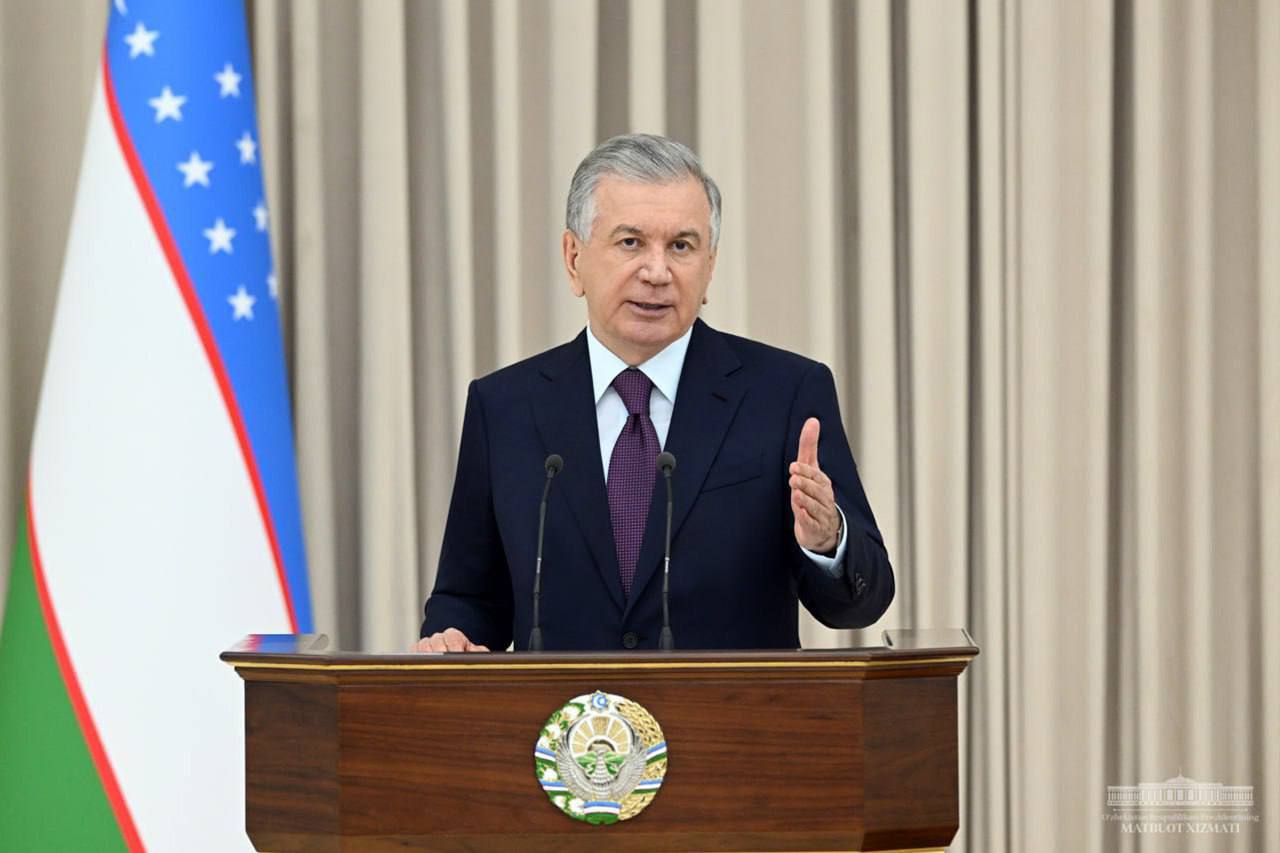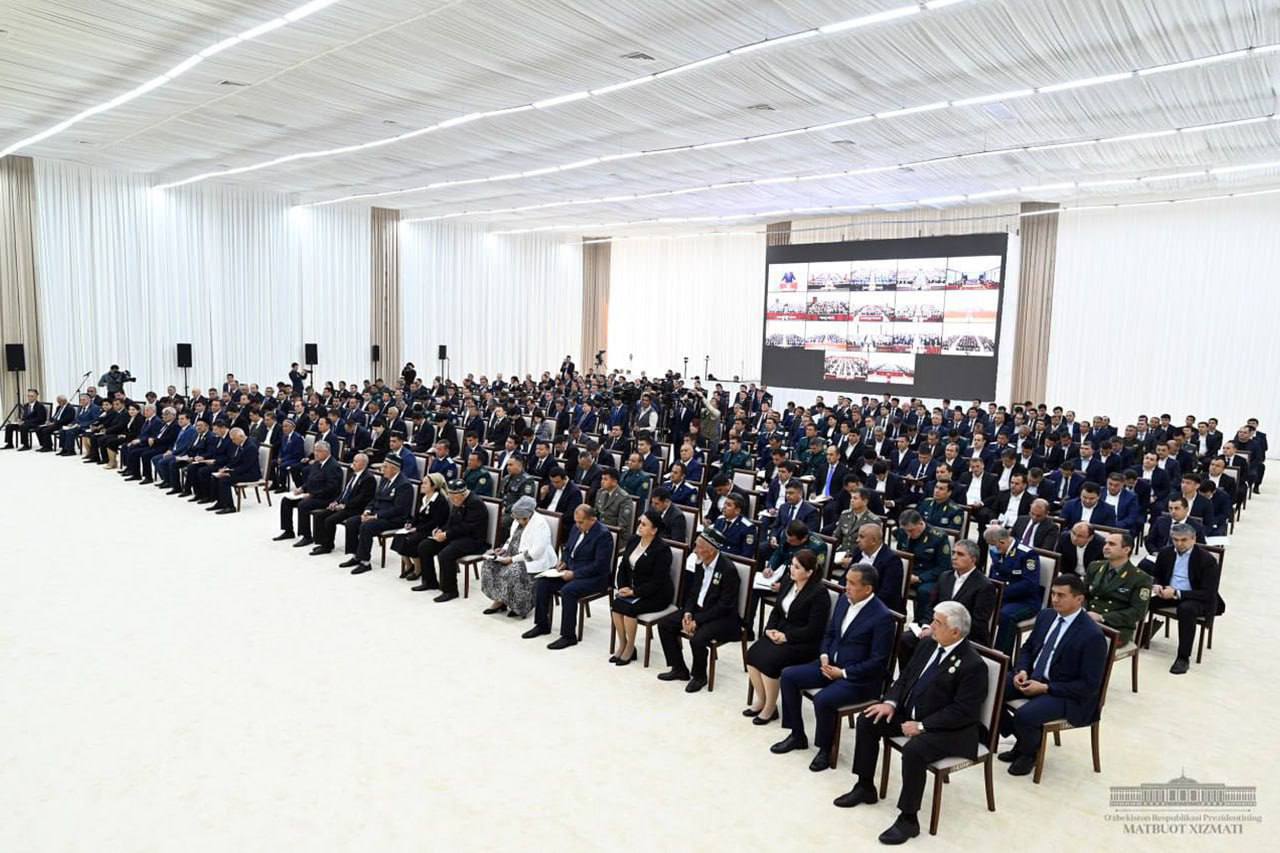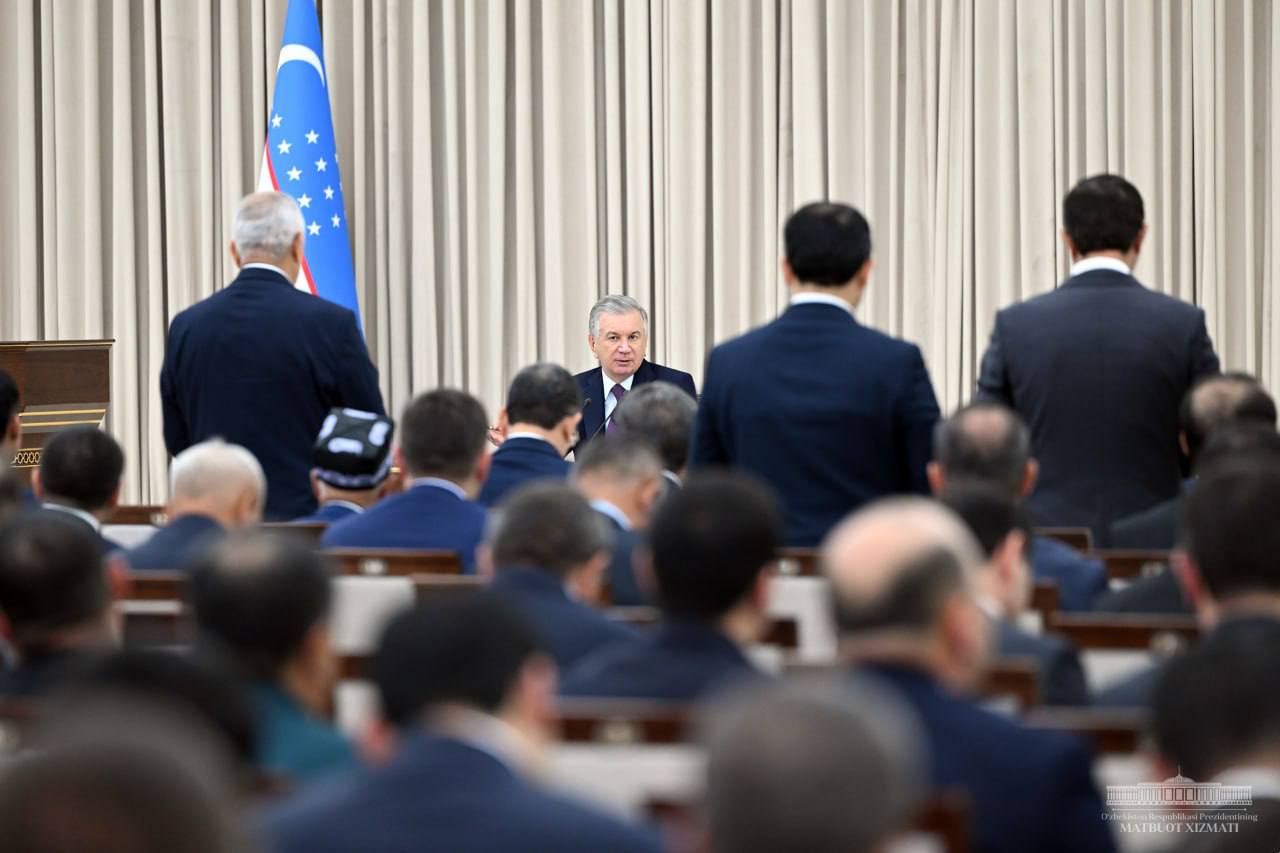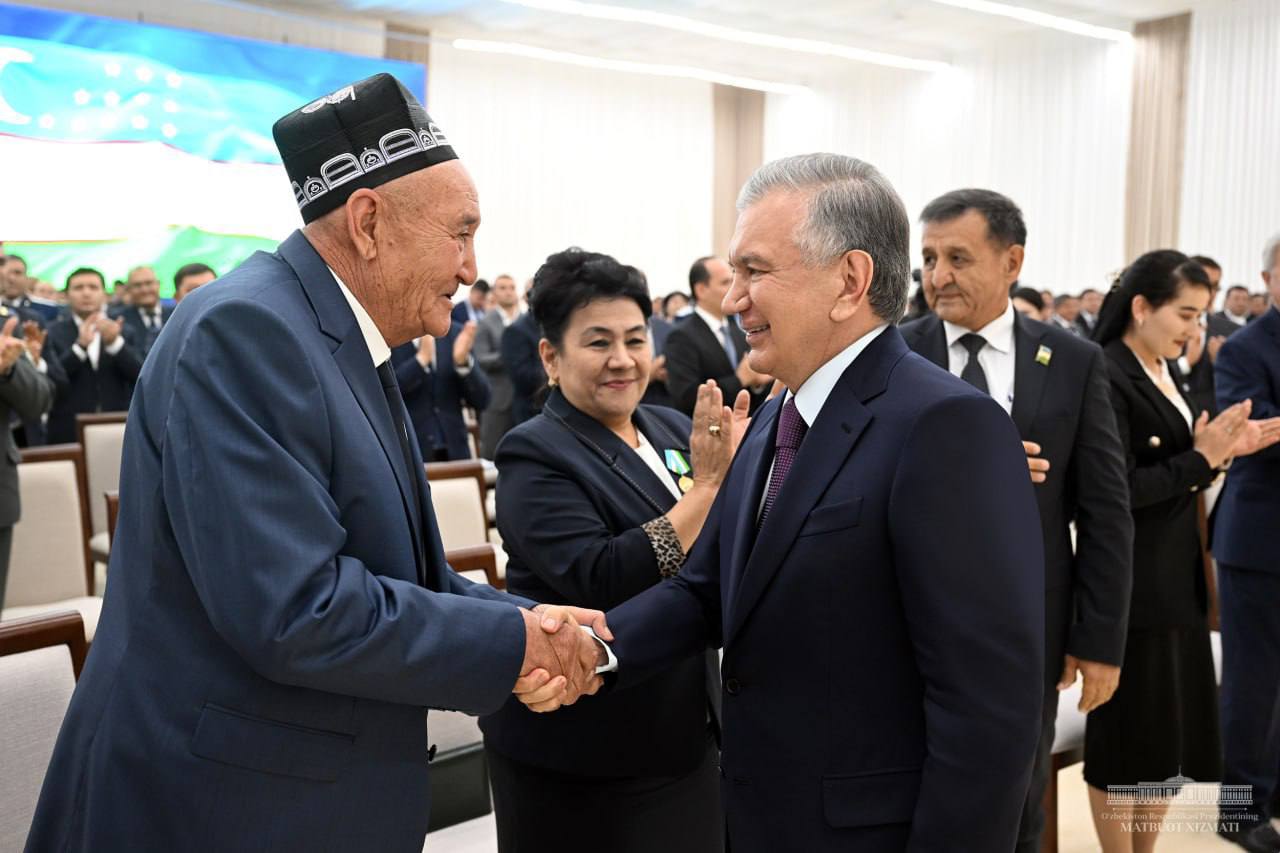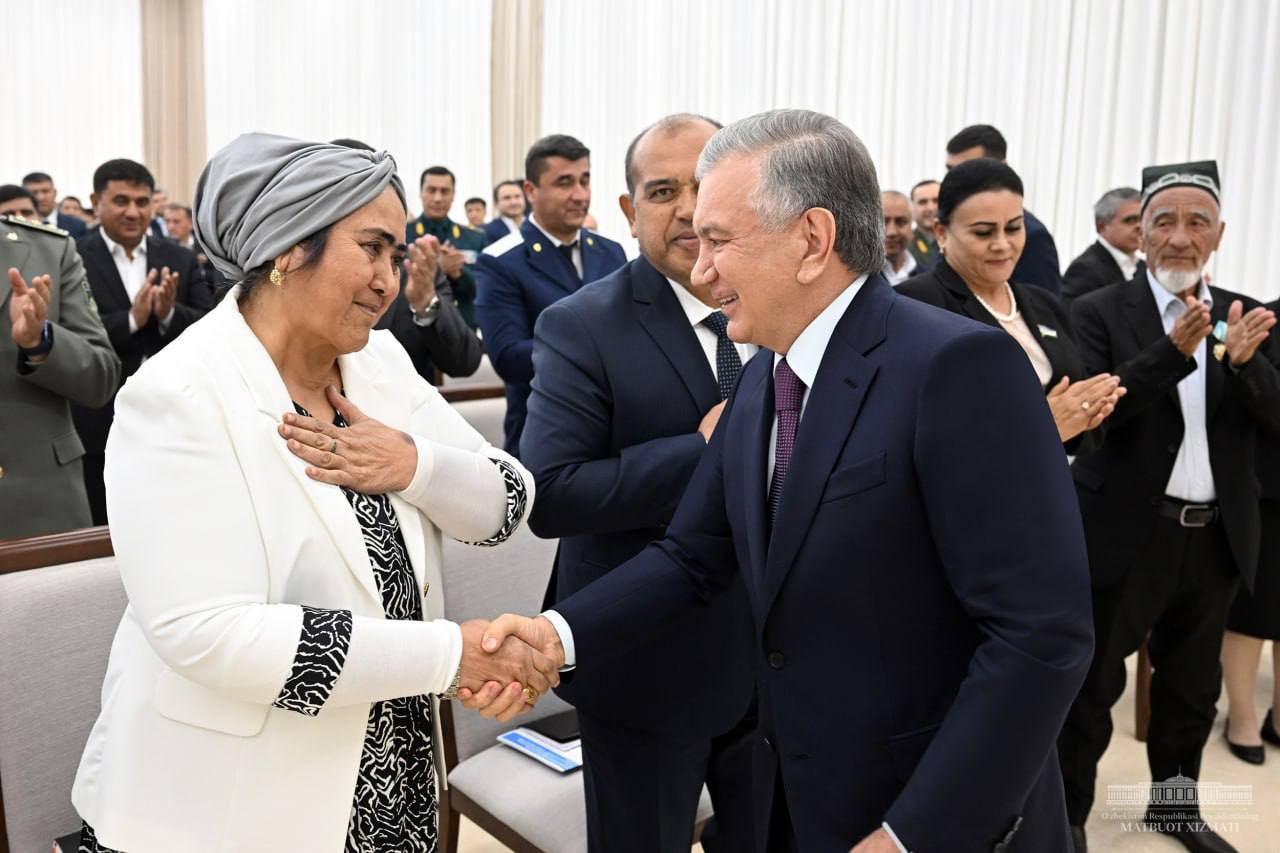
17.11.2023
On November 17, a meeting was held in the city of Termez, attended by President Shavkat Mirziyoyev, to discuss measures for the social and economic development of Surkhandarya.
The region is developing steadily and there are many plans and opportunities ahead. In particular, four new major industrial projects worth a total of $3.3 billion have been launched. As a result of these projects, the region's economy will grow by 6.5 trillion Uzbek soums, the local budget will increase by 1.6 trillion Uzbek soums, exports will increase by $100 million and 2,000 high-paying jobs will be created.
For instance, the $3 billion gas chemical complex in Baysun will purify 5 billion cubic metres of gas and produce natural gas and sulphur worth 6 trillion Uzbek soms a year. The region will receive an average of $120 million a year from exports. Geological exploration will be expanded and gas reserves will increase by an additional 100 billion cubic metres.
"Surkhandarya has immense economic potential, both underground and on the surface, as well as a courageous and hardworking population. At present, less than half of this potential is being exploited. It is necessary to create conditions and significantly increase employment, investment, exports and incomes," said the Head of State.
In this regard, the goals have been set to attract $1.5 billion in investments to the region, produce goods worth 12 trillion Uzbek soums in industry, export goods worth $500 million and reduce imports by $100 million. It was noted that providing jobs for 400,000 residents should be the main task of the heads of the region and districts.
It was emphasized that the greatest potential for attracting investment to the region and developing industry lies in the development of existing deposits.
The responsible officials were instructed to develop the deposits of lead, zinc, gold, white marble in Sariosiyo, coal in Baysun and Sariosiyo, and potassium fertilizer in Sherabad. The task of expanding geological surveys in the mountainous areas of the region has been set.
Thanks to its natural soil and climatic conditions, the Surkhandarya region has the potential to become a leader in the cultivation of early maturing crops. However, it was noted at the meeting that there are problems in providing high-yielding seeds and saplings, and in sourcing the products of cultivation. As a result, the Ministry of Agriculture has been instructed to set up in vitro laboratories in 10 districts.
Next year, equipment for drying, grading and packaging will be installed at the edges of fields, along with 70 small refrigeration units. Export crops such as onions, broccoli, rosemary, rucola, thyme, red basil and mint will be grown on 100,000 hectares.
It has been decided to build six storage, drying and sorting centres in Angora, Jarkurgan, Kumkurgan and Altynsai, as well as a $50 million logistics hub in the Termez district in cooperation with South Korea.
Cotton varieties with fine fibres require up to 15% less water and mature earlier. It was therefore decided to expand the cultivation of such cotton varieties to 50,000 hectares, to increase processing to 30% and to set up a joint project on molecular genetics and breeding, including the establishment of a modern laboratory.
The issue of water scarcity was also raised during the meeting. In fact, 80% of the land in the Surkhandarya region is pumped for irrigation, doubling the cost of water and wasting 20 million kilowatt-hours of electricity.
"It is necessary to instil in people the idea that water is not free, and together with the local community, representatives of the older generation, the intelligentsia and the general public, to make this idea a rule of everyday life," said the President.
Responsible officials have been tasked to develop a two-year programme to concrete 47 canals and repair 6 canals with the highest water losses.
The region also has great potential for tourism, with over 600 heritage and tourist sites. An open-air museum is currently being built near the Dalvarzintepa monument.
The Baybulak, Teshiktash and Machay caves in Baysun and the Uzundara Monument are to be turned into museums. Expeditions by foreign scientists will be organized to the Khatak cave and the Zarautsay gorge in Sherabad. Ten other makhallas will be developed into tourist villages.
The Omonkhona sanatorium will be renovated and expanded, and a new sanatorium will be built. In Baysun, Altynsai, Sariosiyo and Sherabad, projects worth $200 million will be carried out to build cable cars, hotels and service facilities.
Special emphasis was placed on social issues during the meeting.
The importance of opening phyto-bars in every makhalla and drugstores, developing home exercise programmes and healthy menus to prevent disease was stressed.
Tasks were set for equipping and repairing 509 schools, mother and child centres, the paediatric cardiac surgery unit and 44 family health centres.
The participation of creative collectives such as "Boysun", "Shalola", "Boychechak" and "Bulbuli guyo" in international festivals and the creation of a golden fund for the creativity of bakhshi, dastans and term were highlighted.
A separate decision was made to involve the youth of Surkhandarya in sports.
During the meeting, opinions and suggestions of ministers, governors, intelligentsia and businessmen were heard and taken into consideration.

